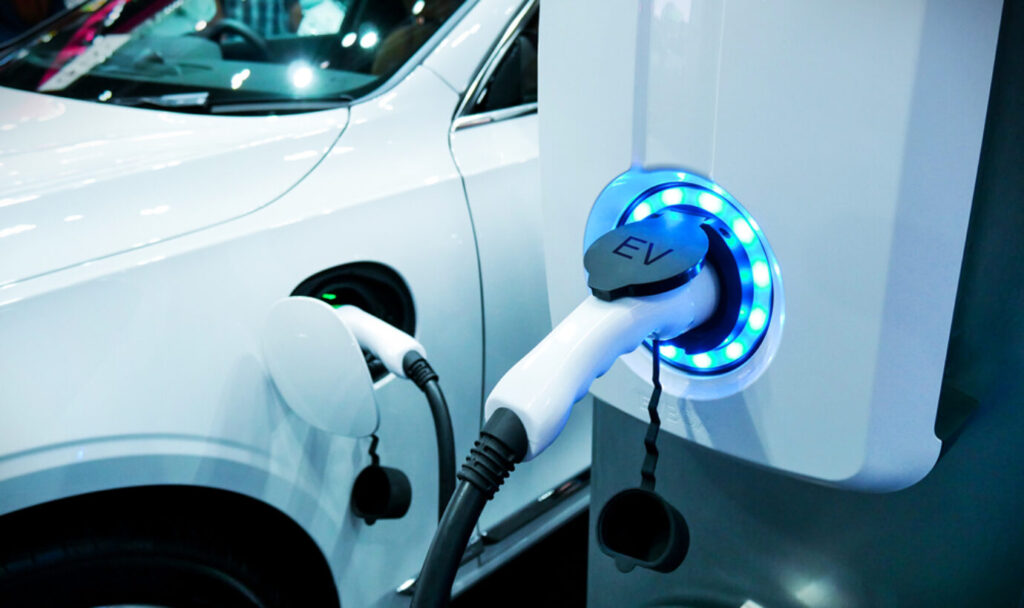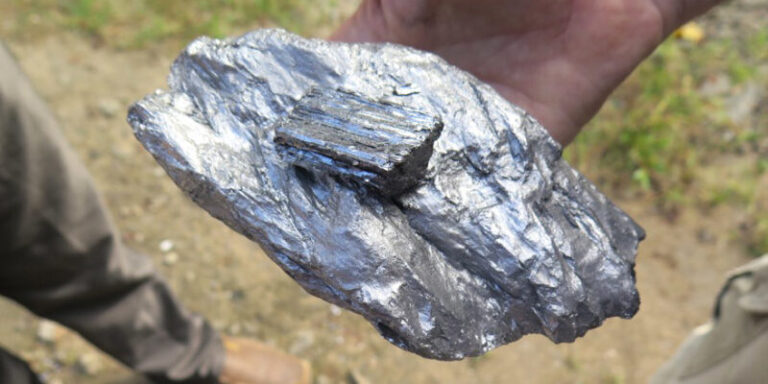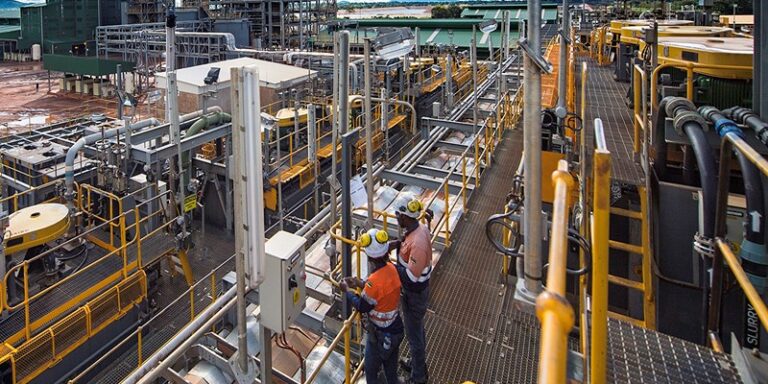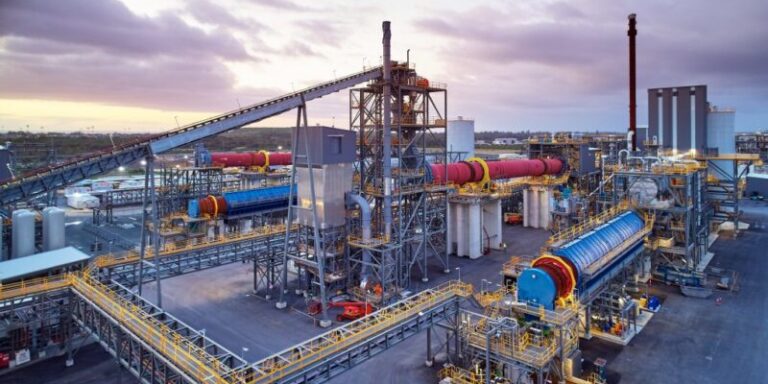
The adoption of electric vehicles (EVs) is set to reach new heights this year, with one in five cars hitting the road expected to be electric.
This surge, translating to approximately one million new electric cars per month, signifies an adoption rate of about 30% in China and 20% in Europe.
Consumers are increasingly overcoming previous concerns, such as performance and range limitations, contributing to the growing acceptance of EVs.
The affordability of electric cars is also improving, even without government subsidies, according to S&P Global Commodities.
This trend is particularly favorable for commodity markets, especially nickel and copper, as the continued growth of the EV market drives demand for these essential metals.
Despite a moderate to disappointing performance for battery metals in 2023, the outlook for this year appears promising.
For companies like Glencore, a robust demand for nickel and copper could lead to favorable market conditions.
The EV market’s positive impact on commodity prices was evident in the dying weeks of December when unexpected disruptions occurred.
Anglo American slashed its copper production forecast for the year, and Panama shut down First Quantum Minerals’ Cobré Panama due to a longstanding court dispute.
This sudden turn of events transformed an anticipated 250,000-ton surplus in copper into a 500,000-ton deficit.
However, for South Africa, a thriving EV market brings a mix of good and bad news. While flourishing copper prices benefit emerging miners such as Orion Minerals and Copper 360, it poses challenges for platinum group metals (PGMs) producers.
PGMs, which play a crucial role in removing noxious emissions from internal combustion engines, have faced declining prices.
Anglo American Platinum (Amplats), a flagship PGM producer in South Africa, experienced a collapse in its shares last year due to falling prices, especially for palladium and rhodium.
Despite supply deficits in PGMs, investor shorting and above-ground stocks have outweighed physical shortages, resulting in depressed metal prices.
The reduction in Chinese PGM imports and concerns about China’s economic growth are expected to continue influencing metal prices in 2024.
Palladium and rhodium prices may stabilize, while gold is anticipated to experience downward pressure in the first half of the year.
In contrast, the outlook for coal prices in South Africa is expected to continue a correction that began in 2023.
Nearly 27% of total mineral sales in South Africa in 2022 came from coal, making it the second-largest contributor to mining revenue.
However, global coal demand is projected to decline by 2.3% between now and 2026, driven by the major expansion of renewable energy capacity.
Thungela Resources, a coal producer demerged from Anglo American in 2022, and Exxaro Resources are likely to face challenges as coal prices continue to correct.
Both companies are expected to diversify, with Exxaro venturing into renewable energy and Thungela exploring offshore markets to reduce its exposure to Transnet-related challenges.
The Richards Bay Coal Terminal’s export numbers for 2023, set to be published on January 25, are anticipated to reflect a decline, possibly hitting a record low.
The underperformance of Transnet is seen as a limiting factor for potential price peaks in bulk minerals such as iron ore, manganese, and coal.
In summary, South Africa navigates a complex landscape as the electric vehicle market gains momentum, impacting various sectors differently.
While emerging miners in copper benefit, PGMs producers face challenges, and coal producers undergo a correction amid shifting global energy dynamics.





